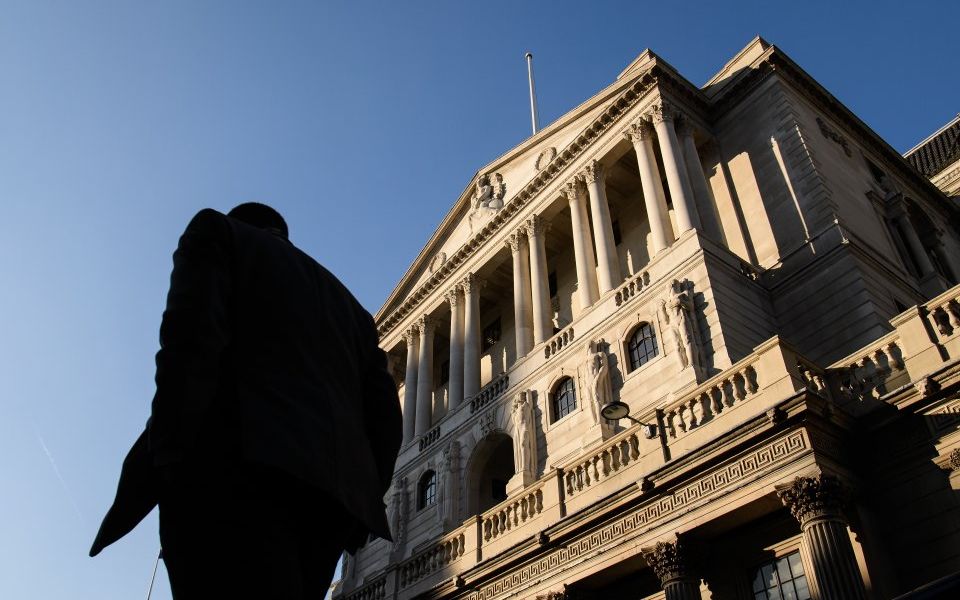
The Bank of England will almost certainly hike rates in May

The question of the next rise in UK interest rates has shifted definitively from if to when.
Last week an uncharacteristically hawkish press conference by the Bank of England Governor Mark Carney left the markets in little doubt that it could come as early as May.
At the start of the week the probability of a May rate hike rose was rated as 50 per cent, yet by Friday this had risen to 80 per cent.
That momentum will have been strengthened by the confirmation yesterday that UK Consumer Price Inflation stayed at 3 per cent in January, confounding economists’ forecasts that it would nudge down to 2.9 per cent.
There are several potential explanations for inflation staying so far above the Bank of England’s 2 per cent target. But the main one alluded to by Governor Carney last week was that there is very little spare capacity left in the economy.
In other words, the UK economy is close to full employment. This should be a cause for celebration; as full employment tends to also signify wage rises, business investment and rising productivity.
All of which are good in themselves, but also because such a collection of indicators should theoretically mean the economy is expanding by more than most current forecasts suggest.
Good vs bad inflation
Not only that, but dig down into the Office for National Statistics (ONS) inflation data for January and food prices are coming down. In fact, one of the main drivers of inflation in January seems to have been higher fuel prices – which are determined by the vagaries of the global oil market rather than the fundamentals of the UK economy – which still rose by less than they did this time last year.
So this could be good inflation: inflation driven by rising wages, driven by full employment and a growing economy rather than driven by a weak Pound inflating imports and input costs.
But the problem for the Bank of England is that it will have to play a waiting game before it really knows which type of inflation Britain is experiencing.
The answer is unlikely to come before April, when the UK’s first quarter GDP numbers will be published. That data is very likely to determine whether the Monetary Policy Committee (MPC) hikes interest rates the following month.
Brexit
If GDP is weak, the MPC might stay its hand, but if the UK is benefitting from the global economic boom as many think it currently is, the GDP figure should be relatively strong.
The MPC will hope the economy is strong enough to withstand a rate hike because, as mentioned before in this column, it will want rates to be high enough for it to have the option of reducing them to mitigate the potential economic shock when Britain leaves the European Union (EU) 10 months later.
But even if GDP is not that strong in the first three months of 2018, the Bank could still push ahead with a May rate rise.
Above target inflation and weak economic growth as Britain heads for the EU exit is highly undesirable.
Take back control
The MPC may have essentially made up its mind to act already. In which case, Tuesday’s inflation data will have confirmed to Mr Carney that hiking rates to bring inflation under control more quickly rather than letting it fall naturally is the right course of action.
Sadly such sophistry will provide zero solace to hard-pressed households struggling because the cost of living is still outpacing average monthly wage rises.
And while that could change as the year progresses, we are all stuck between interest rates and inflation: either way costs are going up. The only difference is that hiking interest rates gives the Bank some semblance of control.
To find out how INFINOX Capital can help you reach your financial goals, visit www.infinox.com.